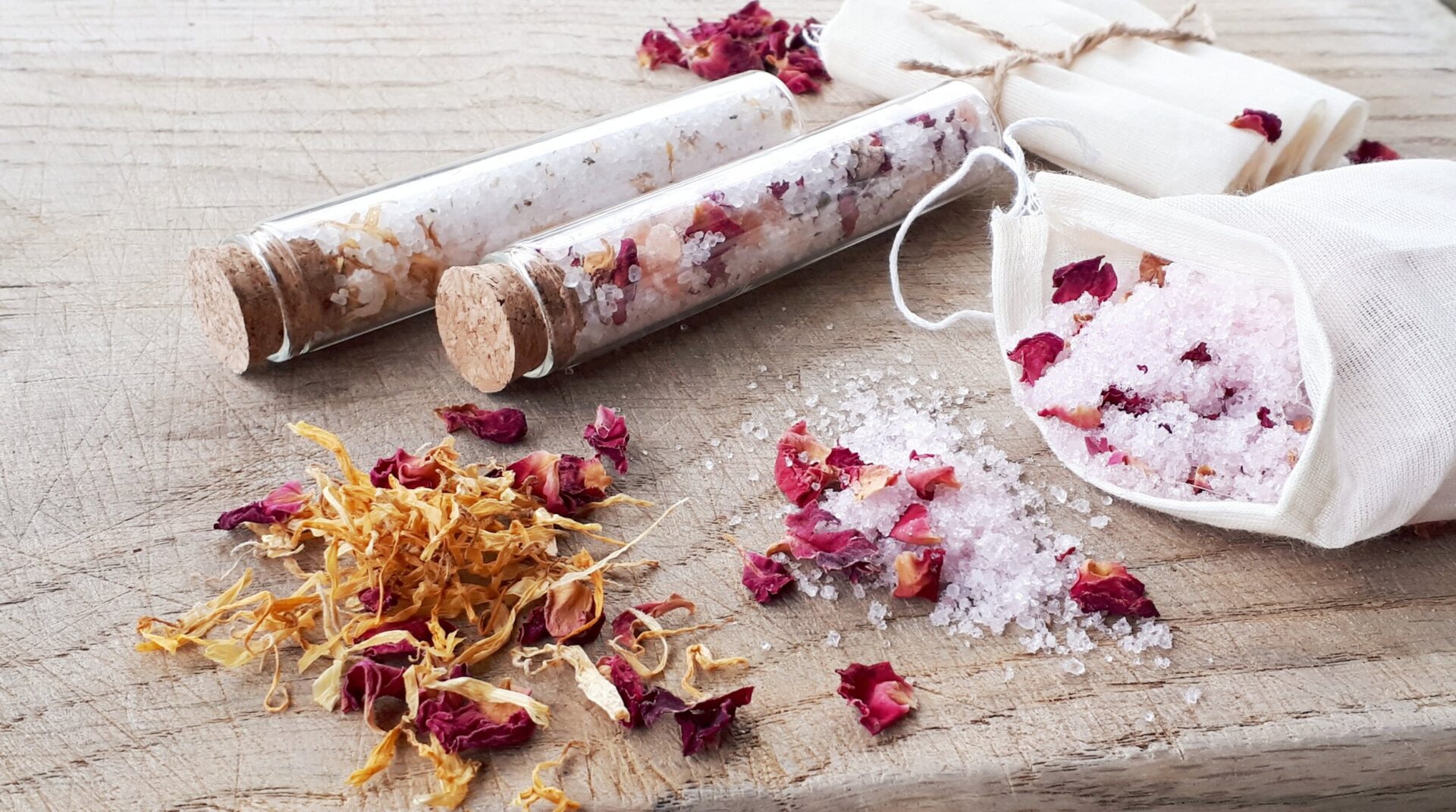For over 6,000 years, incense has bridged the physical and spiritual worlds. From the stone temples of ancient civilisations to the candlelit corners of modern homes, its fragrant smoke has been a vessel for prayer, purification, and inner peace. But incense is more than just a scent—it’s an experience, a sacred tool, and a timeless ritual.
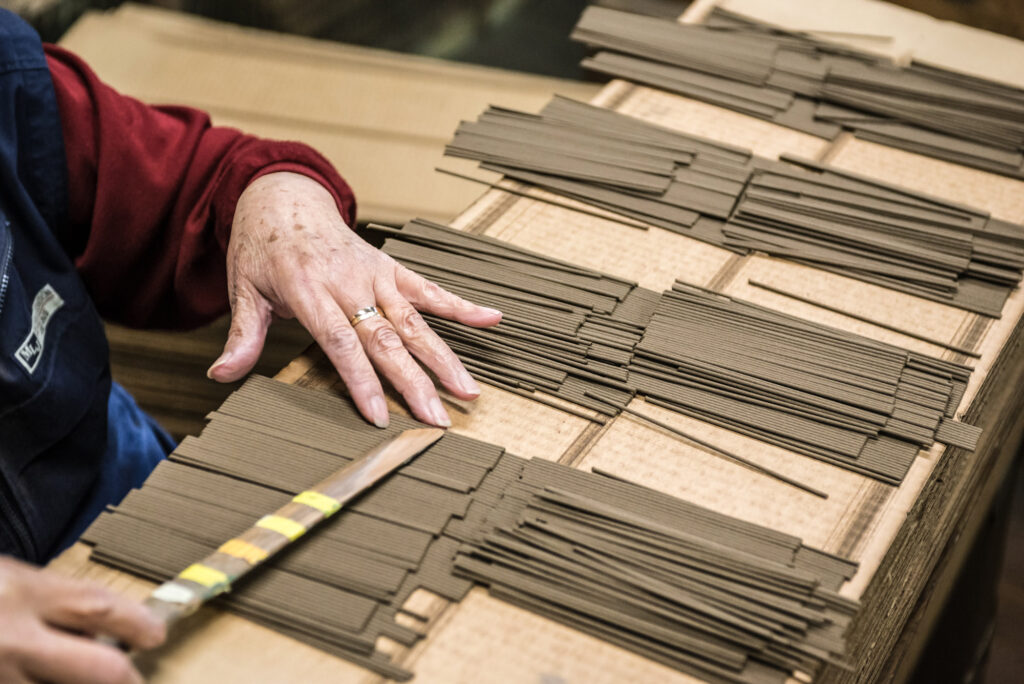
🌍 The Ancient Origins of Incense
Incense has left its fragrant mark on nearly every spiritual tradition in the world:
Ancient Egypt
The earliest recorded use of incense dates to 2345 BCE in the Pyramid Texts. Egyptians burned incense in temples and tombs as offerings to gods like Ra and Osiris. Frankincense and myrrh—resins from the Boswellia and Commiphora trees—were imported from Arabia and East Africa and used in embalming to purify the body for the afterlife.

India
In Vedic traditions (c. 1500 BCE), incense was considered a sacred offering to the gods. Called dhupa, it was burned during pujas (prayers), with ingredients like sandalwood, camphor, and guggul resin used for specific deities and intentions. Even today, Nag Champa—a blend of sandalwood and frangipani—is beloved in homes and temples alike.
China
By 200 BCE, incense played a key role in Confucian and Taoist rituals. It was used to mark time in Buddhist temples and was seen as a way to communicate with ancestors. Incense burners became art objects, and ingredients like aloeswood and clove were prized for their spiritual and medicinal properties.
Japan
The Japanese developed Kōdō, the “Way of Fragrance,” in the 6th century CE. Incense was used not just in temples, but also in noble households, where people would gather to “listen” to incense in refined ceremonies. It became part of the trio of classical Japanese arts, alongside tea and flower arranging.
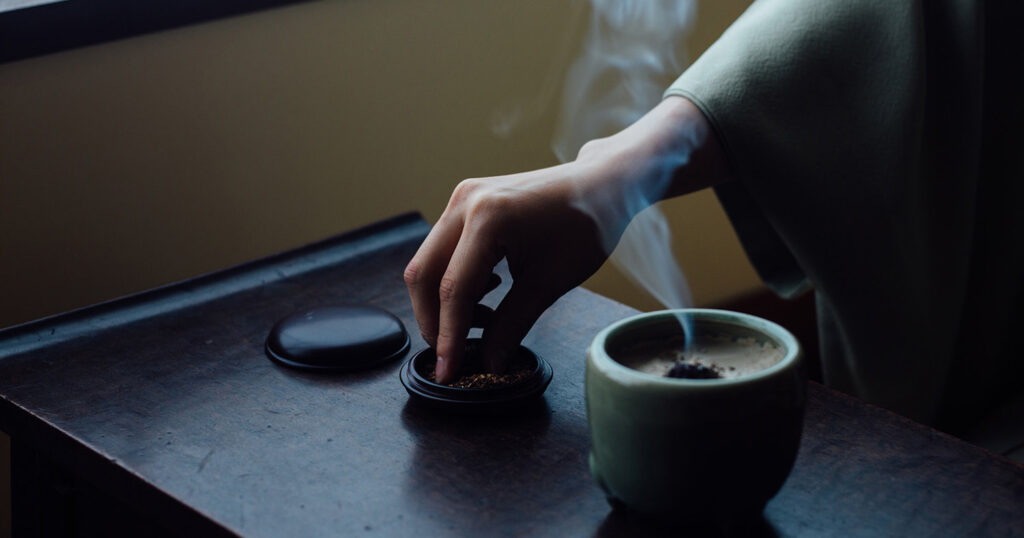
Greece & Rome
Incense was burned in temples to honour deities such as Apollo and Hestia, and it featured in funerals, civic ceremonies, and daily life. The philosopher Pliny the Elder even wrote about incense’s medicinal value.
🕊️ Incense in Spiritual Practices
Throughout history, the burning of incense has always symbolised transcendence—a way to elevate human intention and communicate with the divine. Its uses span nearly all forms of spiritual expression:
- Prayer & Devotion: Rising smoke represents prayers being carried to the heavens. In Christian churches, censers are still swung during Mass.
- Purification & Protection: Scents like frankincense, dragon’s blood, and sage are believed to ward off negativity and cleanse people, places, and objects.
- Meditation & Mindfulness: Incense helps quiet the mind. In Zen practice, it marks time and deepens focus.
- Ancestral Connection: Many cultures burn incense to honour the dead and connect with ancestors.
- Magical Workings: In modern witchcraft, Wicca, and folk traditions, incense corresponds with elements, deities, intentions, and moon phases.
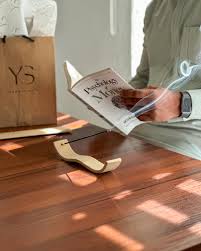
Each fragrance has its energetic signature:
| Scent | Spiritual Purpose |
|---|---|
| Frankincense | Purification, spiritual awakening, prayer |
| Dragon’s Blood | Protection, power, manifestation |
| Lavender | Calming, sleep, psychic awareness |
| Patchouli | Grounding, prosperity, sensuality |
| Ylang Ylang | Love, femininity, heart chakra |
| Amber | Warmth, healing, balance |
| Jasmine | Intuition, moon magic, love rituals |
| Sandalwood | Meditation, wisdom, sacred connection |
🏠 Modern Ways to Use Incense
You don’t need a temple to benefit from incense—just a moment of presence. Here’s how to incorporate it into your daily or spiritual routine:
🌞 Morning Rituals
• Burn Nag Champa or lavender to start the day calm and grounded
• Set intentions as the smoke rises—great before journaling or affirmations
🧘♀️ Meditation & Yoga
• Use sandalwood or frankincense to deepen breath and still the mind
• Focus on the movement of smoke to anchor your awareness
🌒 Moon Magic & Spell Work
• Light dragon’s blood or jasmine for moon rituals or manifestations
• Combine with crystals, tarot, and intention setting
🌿 Home Cleansing
• Pass patchouli or amber through rooms to clear stagnant energy
• Pair with a bell or singing bowl for extra energetic shift
💕 Self-Care & Sensory Relaxation
• Enjoy ylang ylang or lavender incense with a bath or skincare routine
• Let scent become a signal to your nervous system: “It’s time to unwind.”
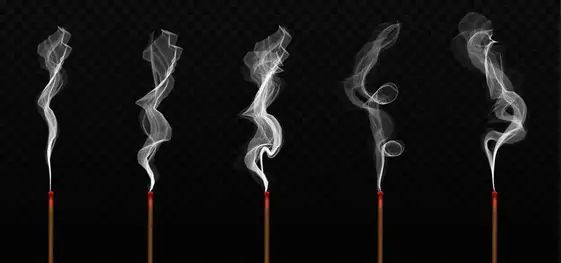
🌟 Tips for Using Incense Safely
- Always place incense in a heat-proof holder
- Keep away from pets, curtains, and drafts
- Never leave burning sticks unattended
- Ventilate the room after use
🖤 Our Incense Collection at Moonlit Naturals
We offer 15-stick packs of hand-rolled incense, each 9” long and rich in natural oils. Every scent is selected for its spiritual properties and blended with care.
🌿 Explore:
- Nag Champa – beloved classic for grounding and devotion
- Dragon’s Blood – powerful energy clearer
- Ylang Ylang – a romantic, floral favourite
- Frankincense – ancient, sacred, purifying
- Patchouli, Sandalwood, Jasmine, Amber & more
Perfect for rituals, gifting, or simply turning your home into a sacred space.
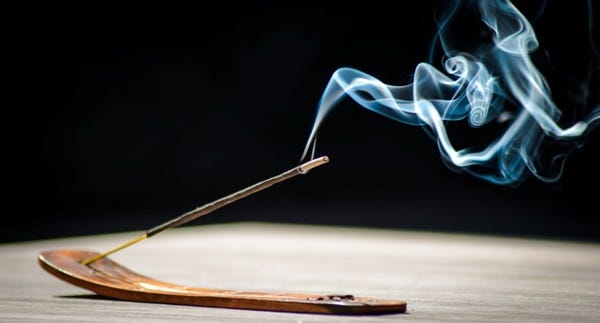
✨ Final Thoughts
Burning incense connects us to something timeless—an invisible thread linking us to our ancestors, our intentions, and the unseen. Whether you’re performing a full moon ritual or just needing peace after a long day, incense reminds you that spirit lives in scent.
🖤 Add incense to your self-care ritual—and let the smoke do the rest.
Need more information? Why not come and join our community?


